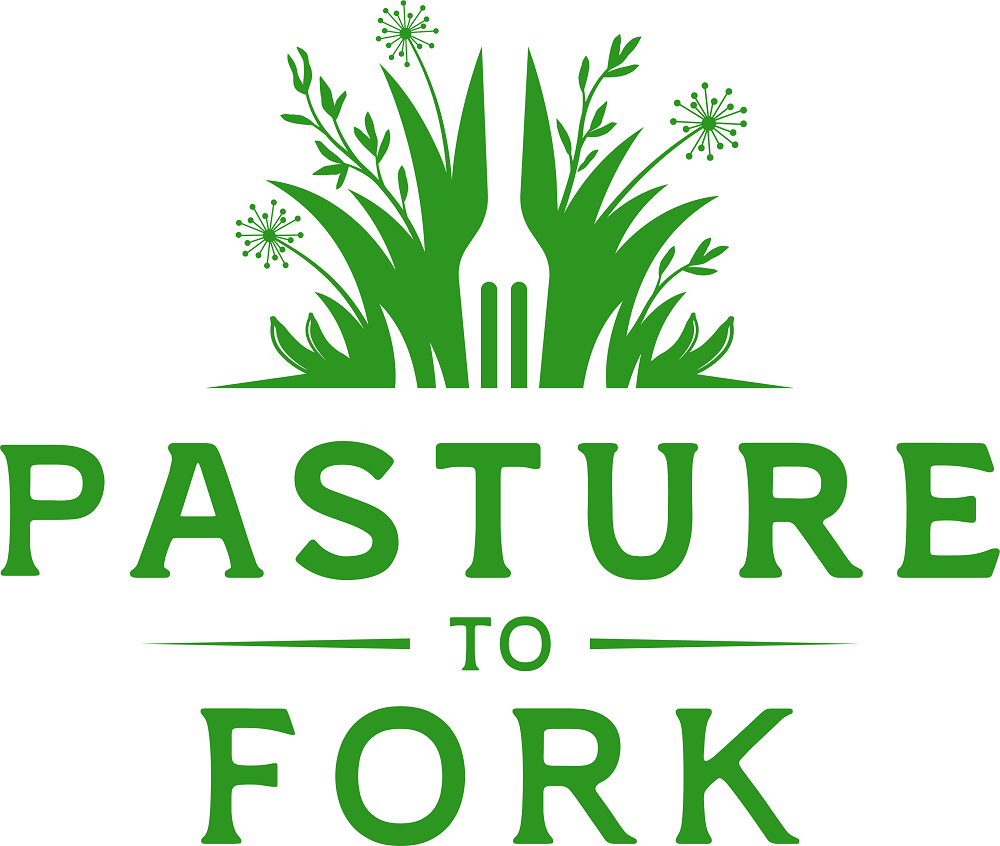Cooking a Turkey Stress-free
November 18, 2023 • 0 comments

Directions
In keeping with our goal to uncomplicate our lives, we love to share our experience in cooking the turkey early. We know just how unnerving it is to be cooking the turkey Thanksgiving morning while hoping and praying that it’s cooked to perfection at the exact moment when all the guests have arrived, the other food is ready, and everyone is seated around the table anticipating the carving of the turkey.
While some folks may have the ability to reach that ideal, Esther and I have found it difficult to achieve. Therefore, we started cooking the turkey in advance. Our creed is that low and slow is the best way to cook pastured proteins (due to the exercise it gets in its lifetime). Plus, we’re traditional oven cooks (no fancy grills or convection ovens for us).
Starting the evening before the holiday, we’ll rub the turkey liberally with our bright yellow pastured butter and sprinkle it with plenty of salt, pepper, or other seasoning of your choice (Esther has been told that much of her cooking success is due to the liberal use of butter and salt, which we find plausible). After buttering and seasoning put it in the roasting pan and turn the oven to 400 degrees for an hour (high heat in the beginning helps to get heat to the core of the carcass faster). After an hour reduce oven heat to about 250-260 degrees and bake it for the remainder of the night (we’ll usually put the turkey in at about 9 PM).
I know all night sounds long compared to the 20-30 minutes per pound rule most folks tout, but remember, it’s low heat, which doesn’t dry out like high heat does. Also, the poultry industry is adamant in its advice to always use high heat when cooking poultry. Why is that? It’s to kill the bacteria the carcass collects in the less-than-clean high-speed automated processing line (think tens of thousands of birds per day in a single processing line). This concern becomes nil in a farm-raised bird raised outdoors and processed in a clean small-scale hands-on facility where quality and cleanliness is paramount.
The next morning we’ll remove the turkey from the oven when it’s well browned. Timing is dependent on the size of the turkey, but a 15-18 lb. bird will usually be ready by 7 or 8 AM. We leave the turkey in the roasting pan and wrap the whole pan in a heavy blanket to retain heat. This process is beneficial because it then allows the bird to “rest” in its own steam. Steam is one of the best natural penetrating agents ever to be discovered and having the steam circulating in the pan for a few hours helps to break down the meat proteins, acting like a natural tenderizer. One of our biggest challenges has been moving the turkey from the pan to the serving plate without having it fall apart.
If you take this route of cooking the turkey early, don’t worry about it not being hot. Being the turkey folks we are, we’re usually looked to to provide the turkey when gathering with Esther’s family. We’ll cook the turkey at home and after traveling 2-3 hours (with it still wrapped in the blanket) it’s still quite hot when serving it at 10-11 AM. The beauty of cooking early is that it not only takes the stress away of having it ready at exactly the right moment, but also frees you (and the oven) up to prepare other food after the turkey is done. Good luck and let us know how it turns out.
